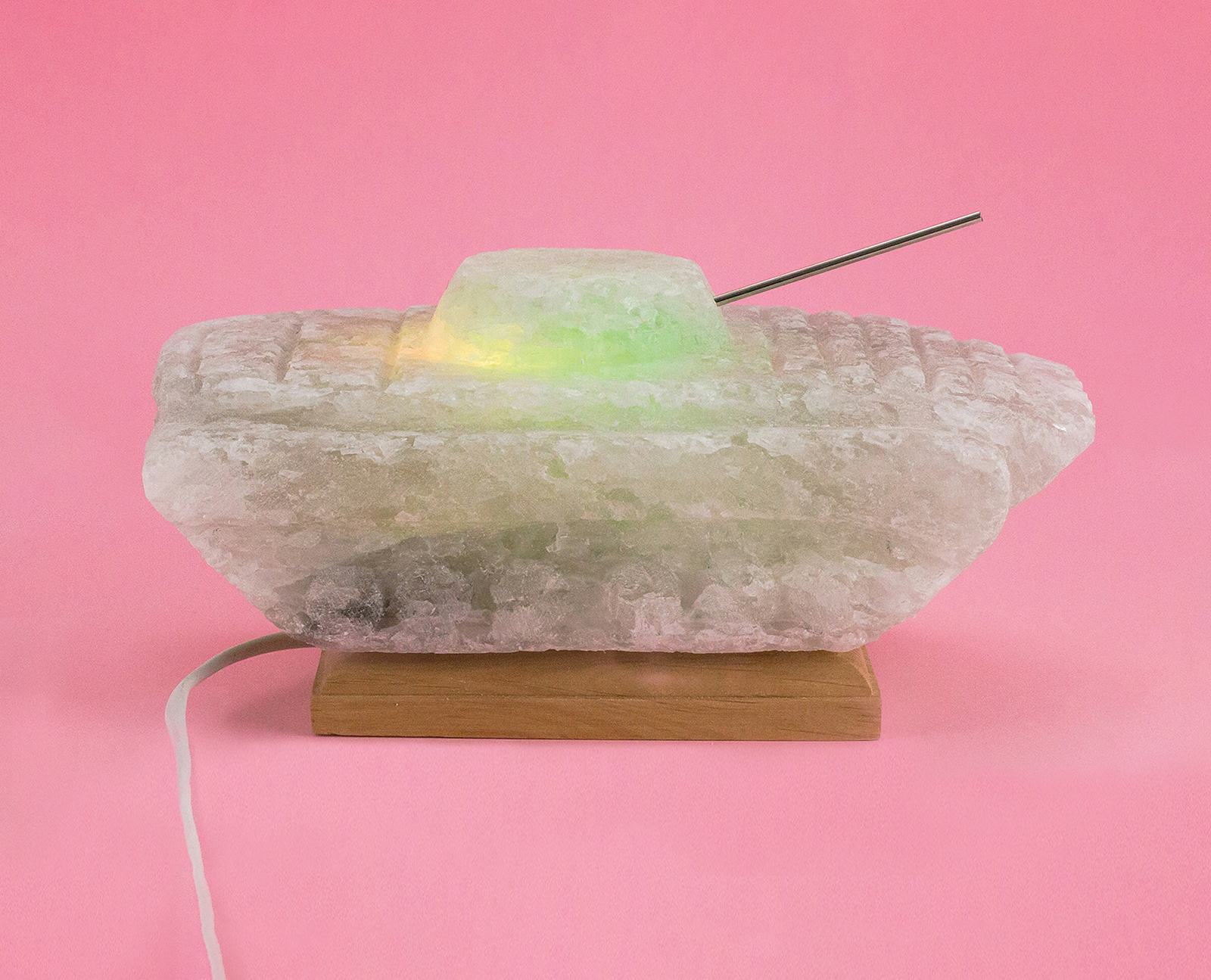Opening
/
Deschiderea
/
Megnyitó
/
Eröffnung
/
Отварање
/
הפתיחה
/
Putardipen
Timișoara 2023


Riding towards the sunset
2023
3-channel video, 13m 19s
Location: Ștefania Palace
Nowadays migration can be portrayed as ‘the quintessential experience’ since market forces, wars and environmental disasters have uprooted an unprecedented number of people.
Nevertheless, according to researchers, migrants have to cope with discriminatory rhetoric and increasing stigmatisation – both individually and collectively – while complex and diverse reasons which lead to migration are generalised and simplified in order to create marginalised imagery of newcomers in the hosting community.
In this project, we address negative stereotypes and myths surrounding migration, both voluntary
and forced. We also explore notions of the migrant body, violence, contested identities, belonging, food and hospitality in narratives about migration. We are approaching those issues through regressive culinary practices and the image of meat and sausage both as symbols of wealth and of a lack of high moral standards and cultural needs.
Those symbols could be tracked at the level of language from Soviet times to contemporary society: ‘the sausage migration’ term was used to stigmatise a wave of immigration from the Soviet Union in the late 1980s till its dissolution; around the same time, the term ‘sausage trains’ was used to describe a specific kind of commuting practices in order to buy some food in richer regions; according to linguistic research on Ukrainian values from 2012, in contemporary Ukrainian language “sausage” as a symbol is most often was linked to a lack of high moral values.
Licking war wounds
2016-2021
Long-term performance, documentation
Location: Ștefania Palace
This tank-shaped salt lamp was purchased from a souvenir shop in Bakhmut in late 2016. Bakhmut (formerly Artemivsk) is a city in Eastern Ukraine famous for its salt mines. For a short period of time in 2014, the city was under occupation by Russian terrorists from the so-called Donetsk People’s Republic (DNR). Various salt amps were always a large part of city’s souvenir industry, but this particular kind, in the shape of a tank, has only appeared recently, after the city was liberated by the Ukrainian army.
These tank-shaped souvenirs are only a minor aspect of a general traumatisation of the Ukrainian
society caused by a war which has lasted since 2014. This traumatisation is yet to be overcome by the Ukrainians, which is a long and complex process that might take many years. This is one of the many war wounds that we have yet to lick.
And we’re literally licking this particular one, day by day, bit by bit.
I still feel sorry when I throw away food — Grandma used to tell me stories about the Holodomor
2018
ink and pencil on toned paper, fragments of found photographs
series of 42, 21x30 cm each
Courtesy of the Warsaw Ghetto Museum
Location: Ștefania Palace
Every time I throw away (for any of the reasons) potentially good food I subconsciously feel sorry for doing so. There are no logical reasons behind this sense of guilt — by all means, I can afford not to eat the food I don’t want to eat. These are only leftovers on the plate — and yet I feel so sorry. This sense originates not in reason but rather in my postmemory (using the term coined by Timișoara-born literature professor Marianne Hirsch). When I was a kid, my grandma would share with me memories from her childhood and sometimes among them were memories from the early 1930s — the times of the man-made famine of 1932-33 in Soviet Ukraine (called the “Holodomor“ — derived from “to kill by starvation” in Ukrainian), which killed, by various estimates, between 2.4 and 7.5 million people The guilt I feel for the thrown-away food takes its origins there, in these stories about my family surviving this hunger.
To illustrate and to better understand this sense of guilt, I started recording the traces of all the food I’ve been throwing away with this feeling. These prints were later collaged with small pieces of found photos depicting fragments of anonymous and unrecognisable landscapes. Landscape here is used as a direct opposite of the Holodomor’s traces in the postmemory of subsequent generations, since mass deaths by hunger leave no traces in the landscape — unlike many other massive collective traumas which have an exact geographic location, where their traces can exist in the landscape in the form of ‘places of memory’.
Bio
Lia Dostlieva is an artist, curator and essayist, with a degree in cultural anthropology. Her primary areas of her research include the issues of collective trauma, postmemory, commemorative practices, and agency and visibility of vulnerable groups. As an artist, she has worked across a wide range of media including photography, installations and textile sculptures, since 2012. Currently she is an artist-in-residence at the Jan van Eyck Academie, Maastricht, 2022–2023.
Andrii Dostliev is an artist, curator, and photography researcher from Ukraine, based in Poland, with degrees in IT and graphic design. His primary areas of interest are memory, trauma, identity — both personal and collective, decolonial practices in eastern Europe, and the limits of photography as a medium. His art practice works across photography, video, drawing, performance and installation. He has published several photobooks, and is currently an artist-in-residence at the Central European University in Budapest.